The permafrost layers spread across the Arctic, Antarctic, and Siberian regions hold a fascinating world frozen for tens of thousands of years.
Among the most intriguing discoveries are ancient microbes preserved within these icy depths, now reawakening after millennia.
How do these microbes come back to life, and what could their revival mean for our modern world?
The answers lie in a realm of mysteries, offering both thrilling possibilities and potential dangers.
As researchers delve deeper into this topic, the implications extend far beyond scientific curiosity.
The revival of these ancient microbes reveals the wonders of nature, while also raising critical challenges we must address.
What changes might these reawakened organisms bring to our world as they emerge from their icy tombs?
- The unique preservation capabilities of permafrost that protected these microbes for millennia
- The mystery of how microbes from tens of thousands of years ago come back to life in modern times
- The potential impact these microbes could have on Earth’s environment and human life
What is Permafrost? Its Structure and Mysteries
Permafrost refers to soil that has remained frozen for at least two years or more.
It is predominantly found in cold regions such as the Arctic, Antarctic, and Siberia, covering approximately 24% of the Earth’s land surface.
This frozen layer acts as a “time capsule” for the planet, preserving a record of past climate changes and geological history.
Within it, ancient plants, animals, and even microbes from tens of thousands of years ago have been perfectly sealed away.
The Structure and Formation of Permafrost
Permafrost consists of multiple layers that extend from the surface deep into the ground.
These layers include “ice lenses,” frozen water formations, and ancient organic matter.
This organic matter provides critical clues about past ecosystems and climatic fluctuations on Earth.
For tens of thousands of years, this layer has functioned as a natural freezer, preserving history.
Unique Features in Permafrost Cross-Sections
When examining a cross-section of permafrost, one can see multiple layers of ice stacked together.
Each layer was formed in different time periods, telling the story of the climate and environment at that time.
Additionally, microbes and ancient organic materials are preserved in remarkable condition within these layers.
This unique structure serves as an invaluable key to unlocking Earth’s past mysteries.

The Relationship Between Permafrost Formation and Climate
Permafrost was formed under cold climatic conditions, such as those during past ice ages.
Prolonged low temperatures caused surface moisture to freeze and remain in that state for tens of thousands of years.
However, rising global temperatures are gradually melting these frozen layers.
As a result, ancient microbes trapped within the permafrost are now beginning to reawaken, drawing significant attention.
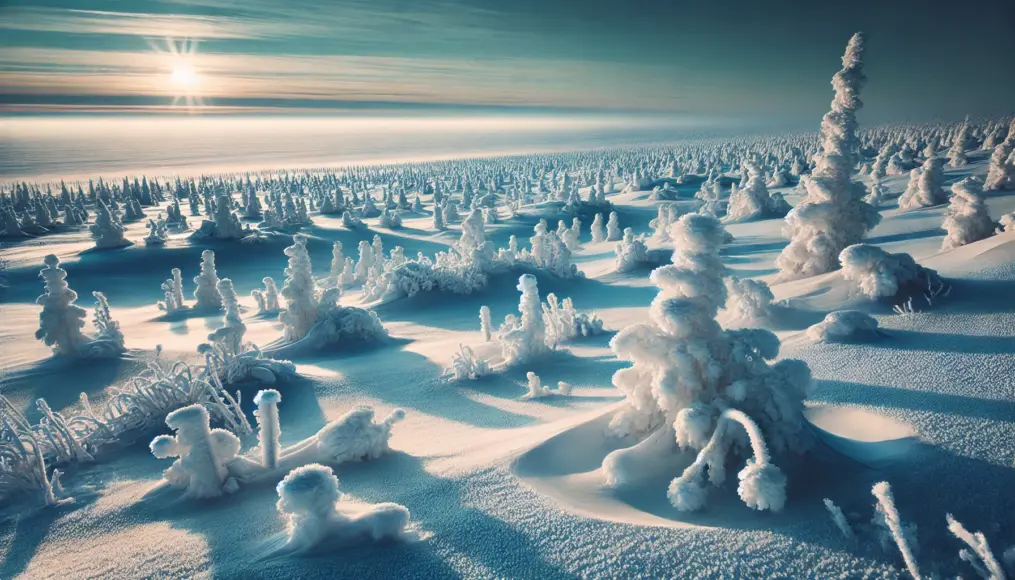
The Mysteries of Permafrost
Permafrost is not just frozen soil; it holds countless wonders and mysteries.
Some of these include lifeforms from tens of thousands to millions of years ago, preserved in pristine condition.
Discoveries like these offer new insights into the resilience and adaptability of life.
Permafrost might be revealing the grand history of Earth and even providing hints for our future.
Ancient Lifeforms Preserved in Permafrost
Within permafrost, ancient plants, animals, and microbes remain frozen in their original state.
These lifeforms demonstrate preservation levels unimaginable by modern science.
Of particular interest are microbes, which have the potential to be revived, capturing the attention of scientists worldwide.
Such discoveries could contribute to research on extraterrestrial life and understanding climate change.
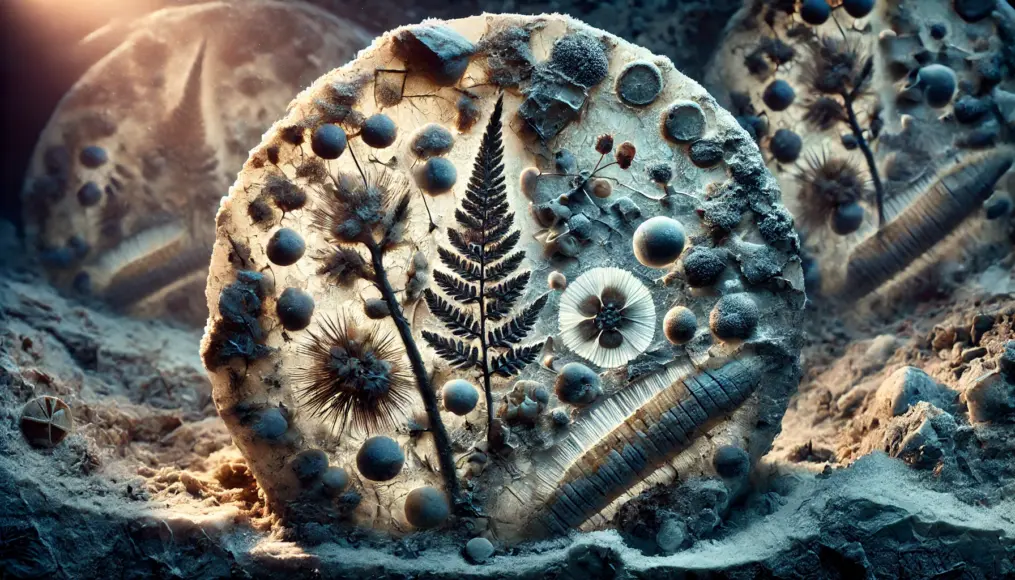
The Mechanism Behind the Revival of Ancient Microbes
The revival of microbes that have been dormant in permafrost for tens of thousands of years is a fascinating scientific phenomenon.
These microbes entered a state of suspended animation due to the freezing conditions but reactivated when environmental conditions allowed.
This revival process, often referred to as “resurrection from dormancy,” showcases the incredible resilience and adaptability of life.
Understanding how and why this occurs could provide key insights into Earth’s past and future.
Conditions for Microbial Survival and the Role of Permafrost
The unique environment of permafrost has enabled microbes to survive for tens of thousands of years.
The stable low temperatures in permafrost halt microbial activity while protecting DNA and cellular structures.
Additionally, the frozen and desiccated state prevents degradation over time.
These factors have created an environment where microbes can remain preserved and ready to revive under the right conditions.
The Stable Low-Temperature Environment of Permafrost
Permafrost’s consistently low temperatures are a crucial factor in preserving microbes over millennia.
These temperatures completely halt metabolic activity, preventing cellular damage or degradation.
Furthermore, the pressure and sealed nature of permafrost protect microbial DNA and membranes.
This unique environment allows microbes to restart life processes even after tens of thousands of years.
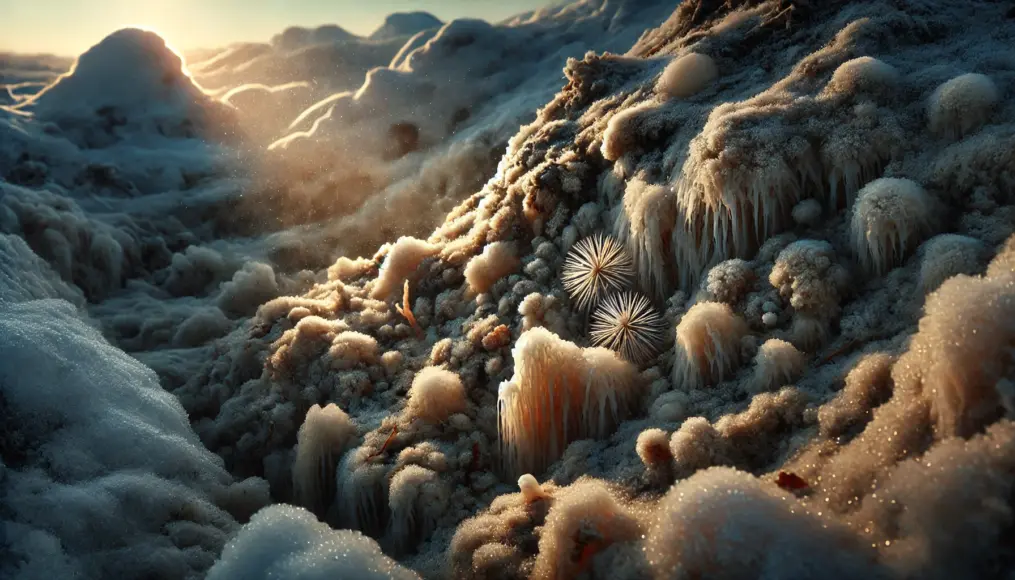
The Protective Effects of Freezing and Desiccation
In addition to low temperatures, the combination of freezing and desiccation in permafrost preserves microbes.
Freezing halts cellular water activity, stopping metabolic processes, while desiccation prevents oxidation and decay.
These protective effects are key to why microbes can remain intact and viable for extended periods.
This environment functions as a “frozen biological archive,” preserving life across eons.
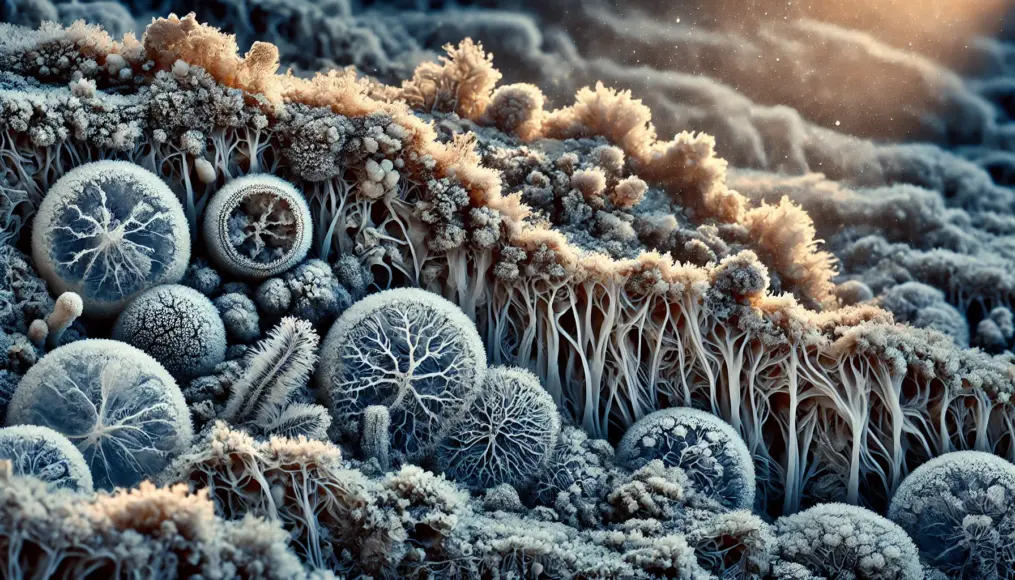
Conditions for Microbial Revival
For microbes to revive, their frozen state must transition to an environment suitable for life.
Factors like temperature increases and the availability of water are critical for reactivation.
The melting of permafrost due to climate change creates these conditions, allowing microbes to reactivate.
Scientists are actively studying the implications of this process for ecosystems and the environment.
Temperature Rise as a Trigger for Revival
The thawing of permafrost is the primary trigger for microbial revival.
As temperatures rise, frozen conditions dissolve, providing the water and energy necessary for microbial metabolism.
This process reactivates dormant microbes, enabling them to resume life processes.
Understanding how this revival impacts ecosystems and biodiversity is a pressing scientific question.
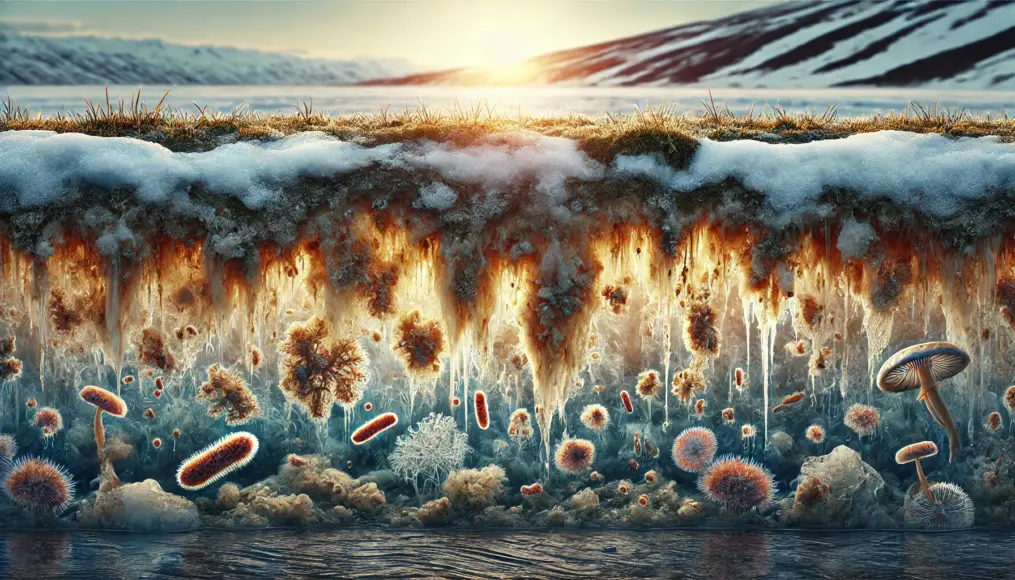
The Role of Water in Reactivating Microbial Life
Water availability plays a critical role in the revival of dormant microbes.
Once freed from frozen conditions, microbes absorb surrounding water and begin cellular metabolism again.
This process is influenced by the melting permafrost and the humidity of the surrounding environment.
Water serves as the catalyst for microbial reactivation, a topic of significant scientific interest.
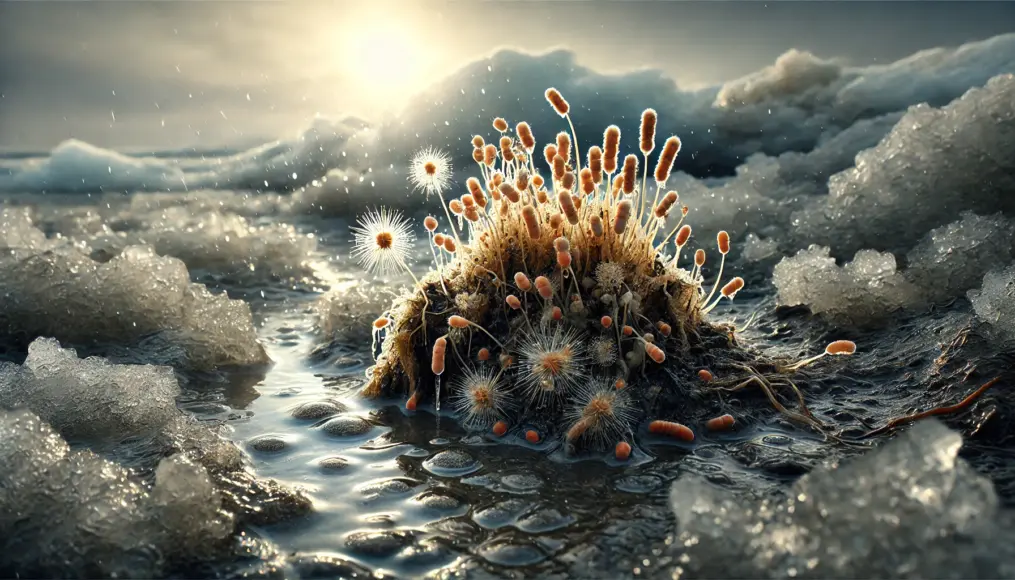
The Potential and Threats of Revived Microbes
Microbes revived from permafrost bring both incredible possibilities and significant threats.
Many of them possess life-sustaining mechanisms beyond our current understanding, potentially leading to groundbreaking scientific discoveries.
On the other hand, the impact these ancient microbes might have on Earth’s environment and human health raises substantial concerns.
The presence of these revived microbes could present a new set of challenges for our civilization.
The Potential of Ancient Microbes
Revived microbes hold potential for advancements in astrobiology and biotechnology.
Their resilience and survival mechanisms provide valuable insights into life in extreme environments.
Additionally, the enzymes and substances they produce could be utilized in medicine and industry.
Discoveries from these microbes may expand the boundaries of our scientific knowledge.
Microbial Resilience and Its Applications
The resilience of microbes preserved in permafrost offers new understanding of life’s ability to endure in extreme conditions.
For example, their adaptations to low temperatures and dry environments may inform research on space exploration and extraterrestrial life.
This resilience could also be harnessed for developing new medicines and materials.
Such discoveries may drive significant advancements in future technologies.
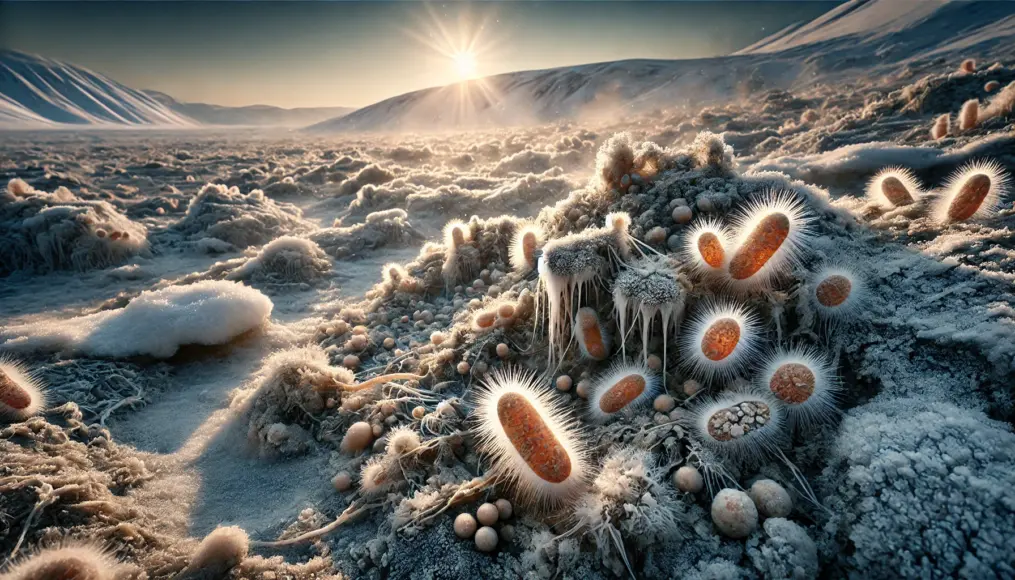
Discovering Enzymes and Substances in Ancient Microbes
Revived microbes may produce enzymes and substances previously unknown to modern science.
These could be applied as antibiotics, antibacterial agents, or in new chemical processes.
Notably, their ability to process resistant materials or contribute to alternative energy solutions has garnered attention.
The societal impact of these discoveries could be profound and far-reaching.
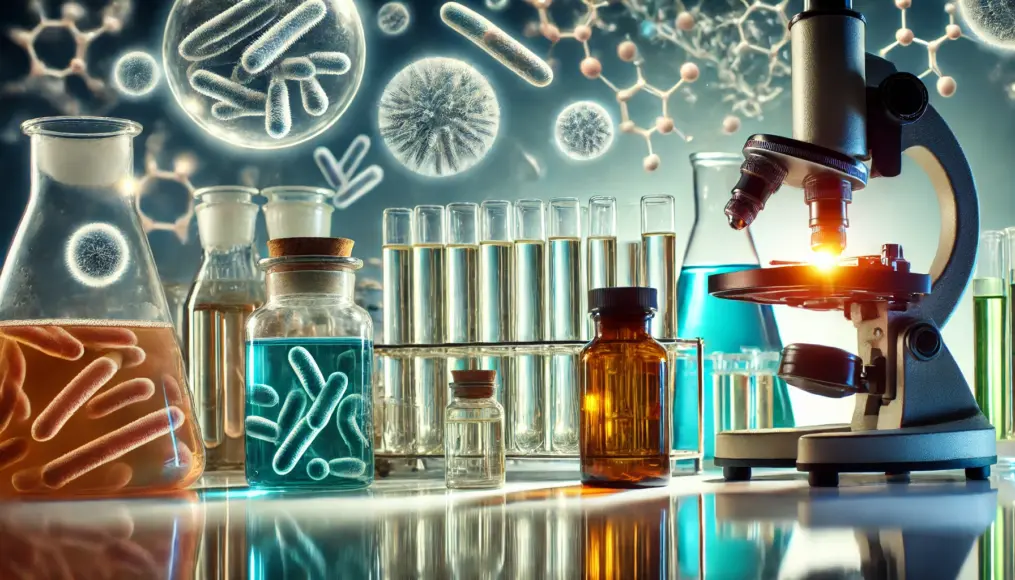
The Threats of Revived Microbes
On the flip side, revived microbes also pose serious threats to the environment and humanity.
In particular, microbes adapted to ancient climates and ecosystems could have unpredictable effects in the modern world.
Additionally, the re-emergence of ancient pathogens is a significant concern among scientists.
Understanding these threats and implementing countermeasures is essential.
The Risk of Reviving Ancient Pathogens
Among the revived microbes, there is a possibility of pathogens that could cause diseases unknown to modern medicine.
These pathogens might have originated from ancient ecosystems and could bypass contemporary immune systems.
If released, they could potentially trigger pandemics on a global scale.
Continuous research and monitoring are vital to mitigate such risks.
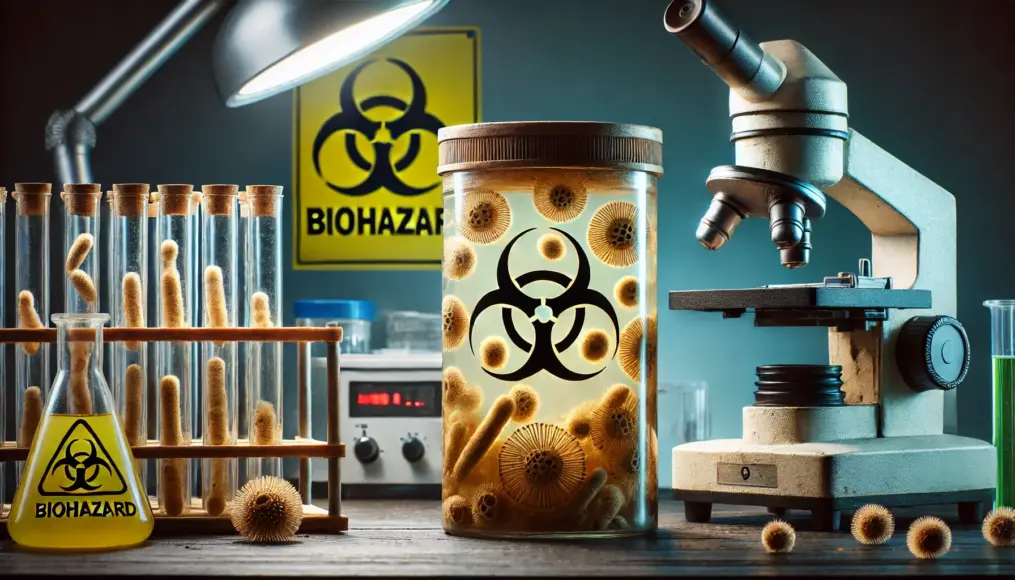
Environmental Impact and Ecosystem Disruption
The release of ancient microbes into modern ecosystems could disrupt environmental balance.
For instance, revived microbes might compete with existing organisms, causing unforeseen changes in ecosystems.
Such disruptions could have severe consequences for food chains and biodiversity.
Addressing these issues early is crucial from an environmental conservation perspective.
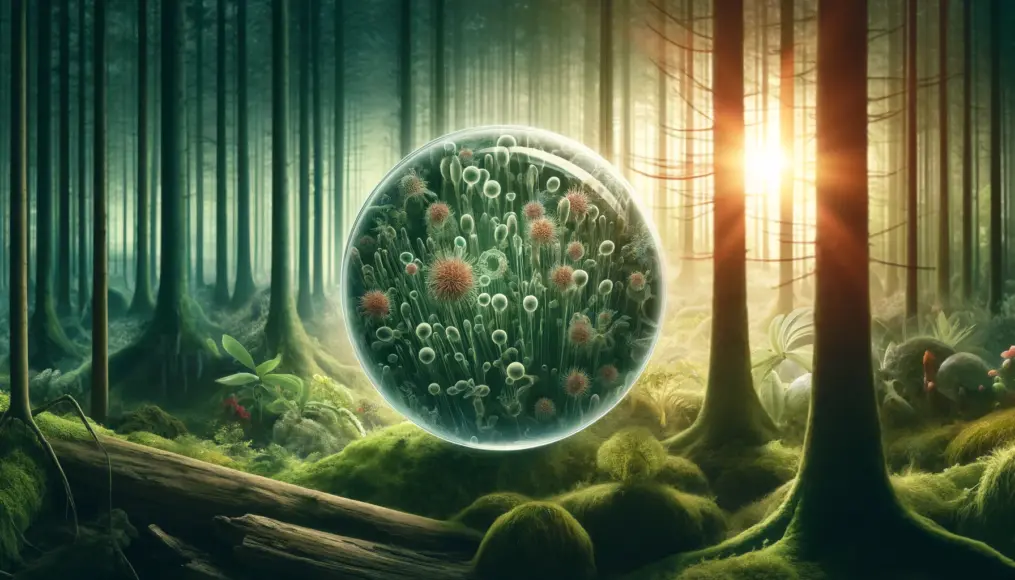
The Impact on Humanity and Challenges for the Future
Microbes revived from permafrost could significantly impact our society and environment.
Understanding and addressing these effects is essential for tackling the challenges they present to humanity.
We need to evaluate the benefits and risks of these ancient microbes and establish mechanisms to manage their influence.
Looking ahead, it is crucial to consider how to address these issues to ensure a sustainable future.
Public Health Implications and Countermeasures
Revived microbes raise considerable concerns about potential health risks.
These microbes could cause unknown infectious diseases, presenting new challenges for healthcare systems.
In particular, if pathogens emerge that modern immune systems cannot combat, rapid action will be required to prevent pandemics.
To mitigate such risks, enhanced research and monitoring are indispensable.
Advancing Microbial Research and Developing Medical Technology
Addressing revived microbes requires further advancements in microbial research.
This includes developing new vaccines and treatments as well as establishing early warning systems.
Additionally, global research collaboration and information sharing are vital.
Such efforts will form the foundation for stronger defenses against unknown pathogens.
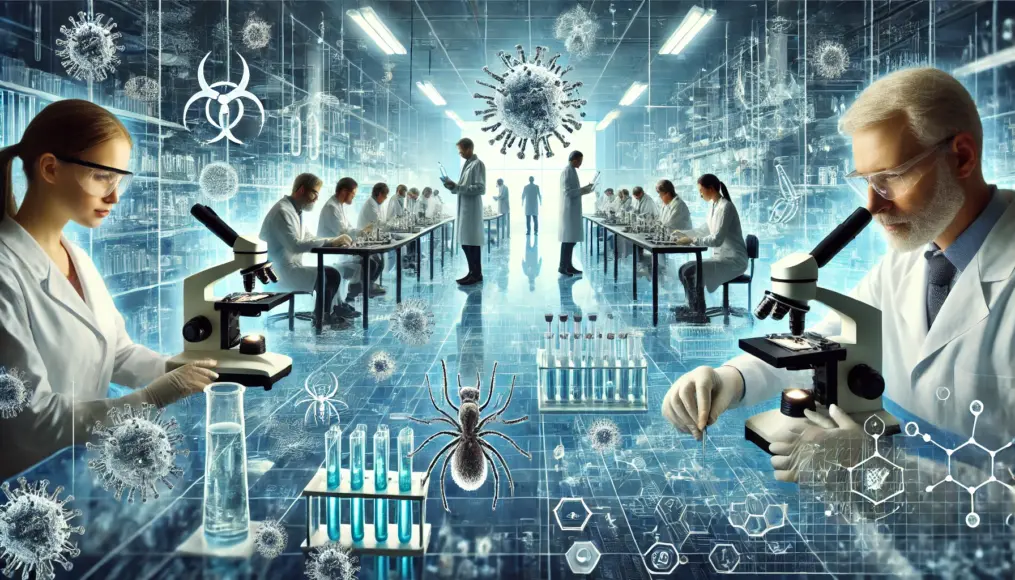
Strengthening Public Health Systems
To combat the threat of new pathogens, it is essential to strengthen modern public health systems.
Enhanced vaccination programs and surveillance systems can help prevent the spread of infectious diseases.
Furthermore, rapid diagnostic technology and training for healthcare workers are critical components.
These measures will enable flexible responses to unknown infections.
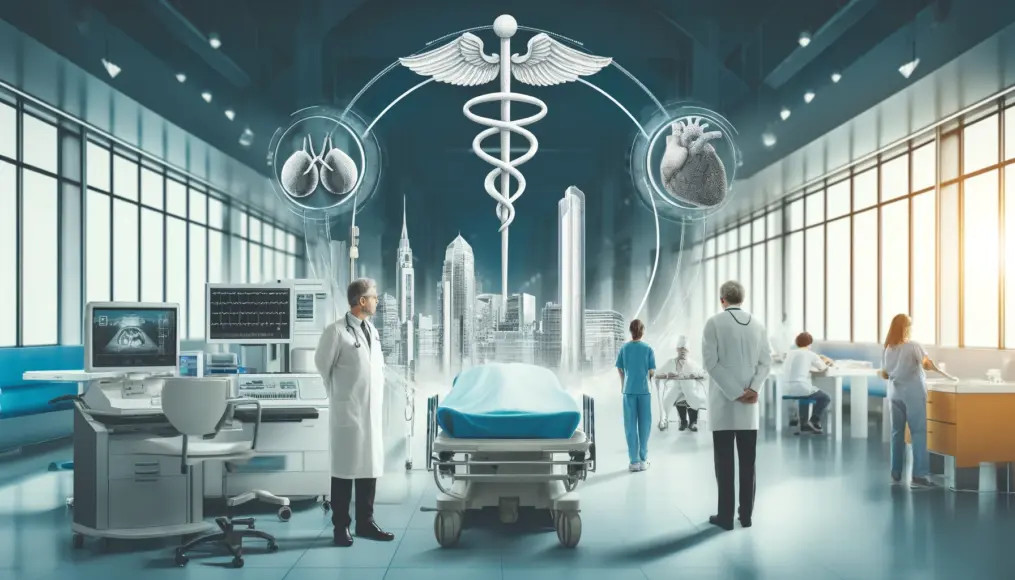
Environmental Conservation and Ecosystem Considerations
The impact of revived microbes on natural environments and ecosystems is another critical issue.
These microbes could cause unexpected changes in the environment, potentially affecting entire ecosystems.
Research into their effects on biodiversity and climate change is urgently needed.
Environmental considerations are essential for building a sustainable future.
Maintaining Ecosystem Balance
To minimize the impact of microbes on ecosystems, careful monitoring and management are necessary.
Measures must be taken to prevent disproportionate effects on specific biological groups.
Establishing nature reserves and implementing environmental management plans can help maintain ecosystem health.
These actions will ensure long-term stability in ecosystems.
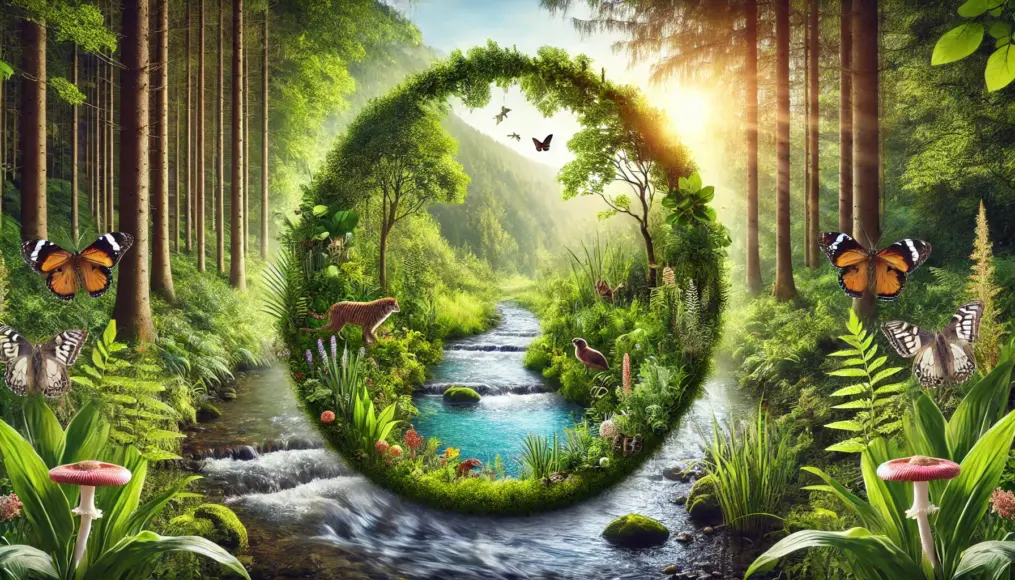
Investigating the Impact on Climate Change
Further investigation is needed into how revived microbes might affect climate change.
In particular, their impact on atmospheric methane and carbon dioxide levels is of great interest.
An increase in these gases could accelerate global warming, making mitigation efforts urgent.
This research may contribute to the development of strategies for adapting to climate change.
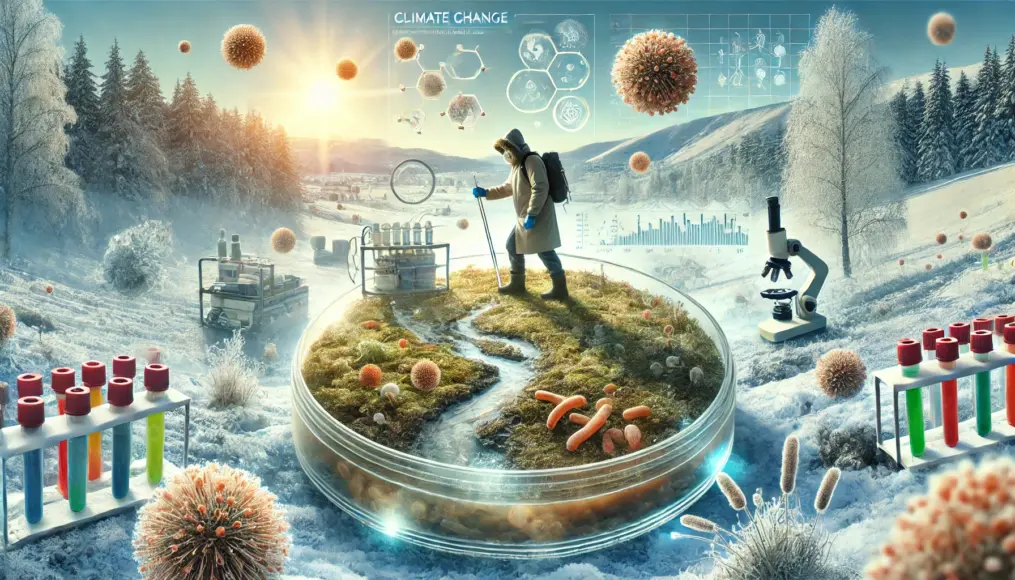
Conclusion
The ancient microbes revived from permafrost reveal both the incredible potential of life and the unknown threats it may bring.
These microbes serve as keys to understanding Earth’s ancient environments while highlighting the challenges faced by modern society.
Through the mysteries of life and the wonders of nature, we are prompted to consider how we can prepare for the future.
What impact do you think these microbes will have on our world?
Share your thoughts and opinions in the comments below!

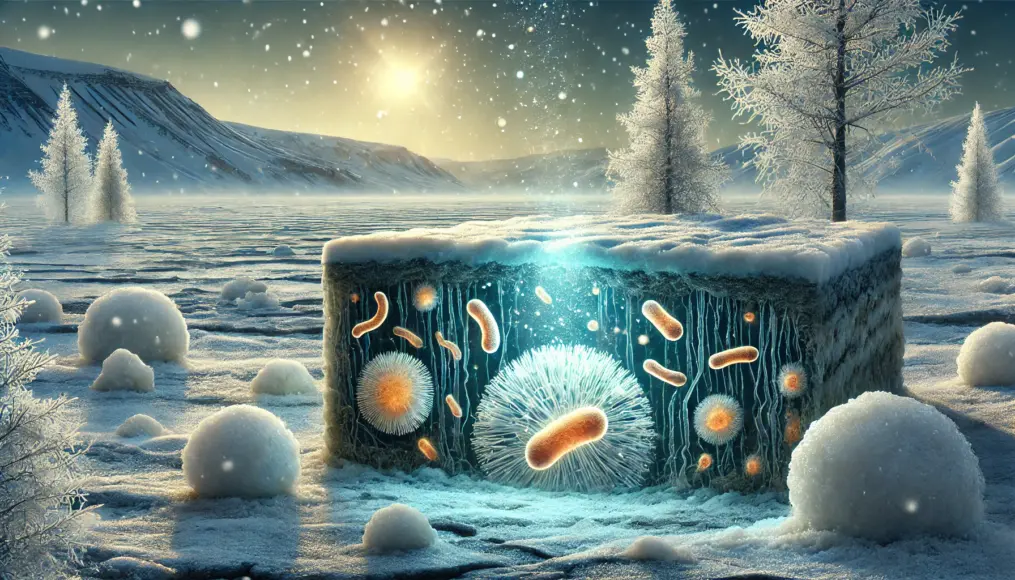


Comment